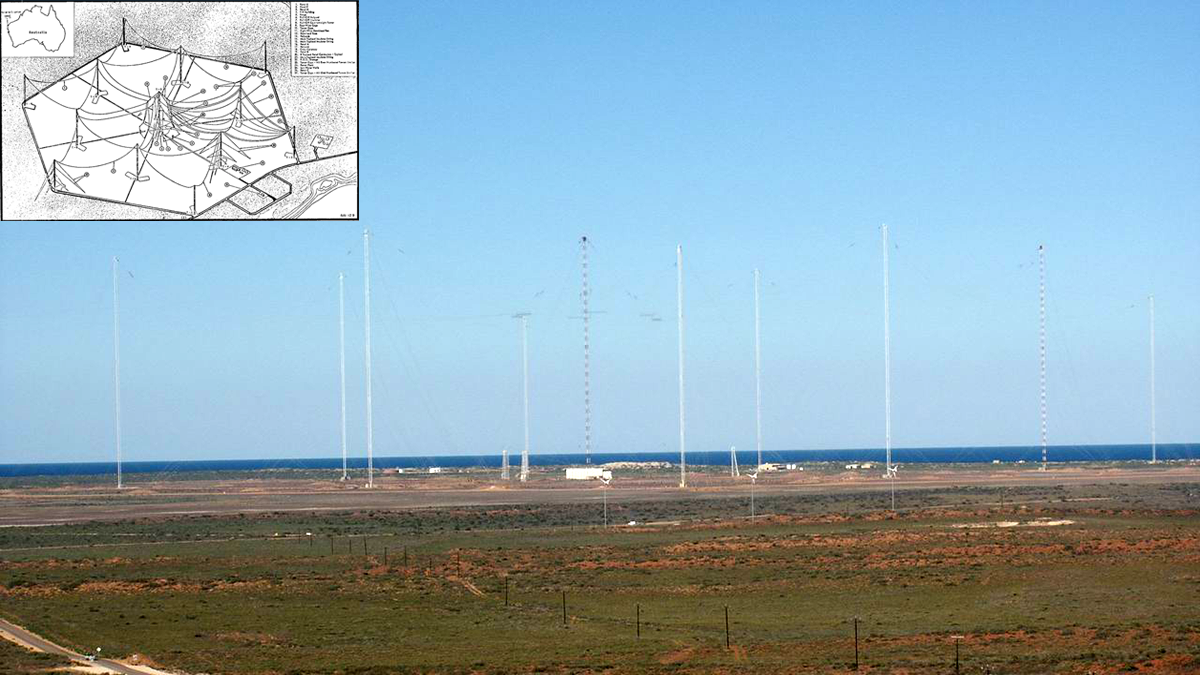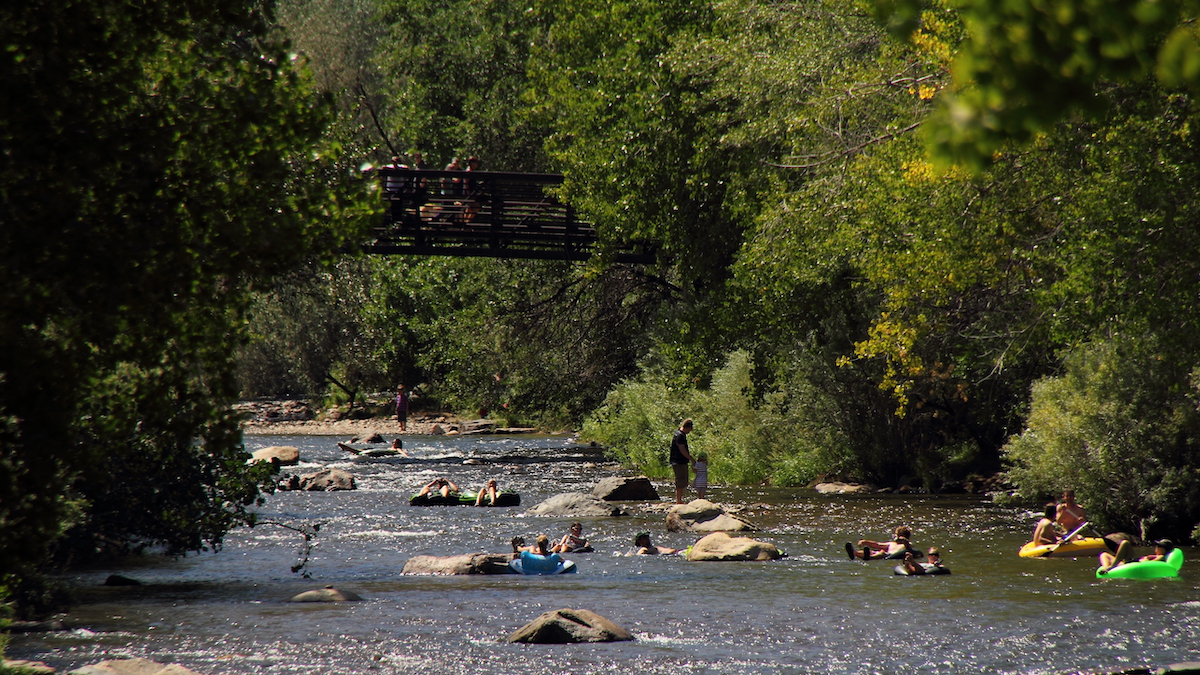The bad odors of air pollution are difficult to regulate, but can pose significant health risks, reduce a home’s property value, and affect a homeowner’s peace of mind.
Colorado
Teaming Up to Tailor Climate Education for Indigenous Communities
A new college-level curriculum, cocreated by Indigenous and Western researchers, could help Indigenous communities adapt to climate change on the Colorado Plateau.
Logjams Promote Floodplain Complexity and Hydraulic Resistance
Using a new model, scientists compare logjam hydraulic impact across 37 reaches observed over 11 years in the Colorado Rockies.
Ground-based Transmitters Cause Radiation Belt Electron Loss
A U.S. Navy transmitter in Australia produces wisps of electron loss as observed by the Colorado Inner Radiation Belt Experiment (CIRBE) CubeSat in Low Earth Orbit.
Labor Day Dips Alter Stream Composition
Holiday weekend tubing introduces toxic chemicals and shifts microbial communities in a popular Colorado river.
Solar Panel Arrays May Affect Soil Carbon Levels
As research ramps up on how to maximize the benefits of colocating agriculture and solar panels, researchers are also beginning to investigate other potential ecosystem benefits.
Faults Along Salt Walls Are Less Stressed in the Paradox Basin
Based on an extended stress database, scientists observe systematic changes in the tectonic stress state and a reduction in fault reactivation potential near salt walls in the Paradox Basin.
Tiny Satellites Can Provide Significant Information About Space
Students and faculty at the University of Colorado Boulder use CubeSats to learn more about the near-Earth environment.
When Fieldwork Comes Home
The impacts of the 2021 Marshall Fire rippled through a community of Colorado geoscientists, spurring them to action.
Snapping Science in the Field
Snapchat, the multimedia messaging app, offers a range of features that make it an unexpectedly useful tool for geoscientists on the go.










